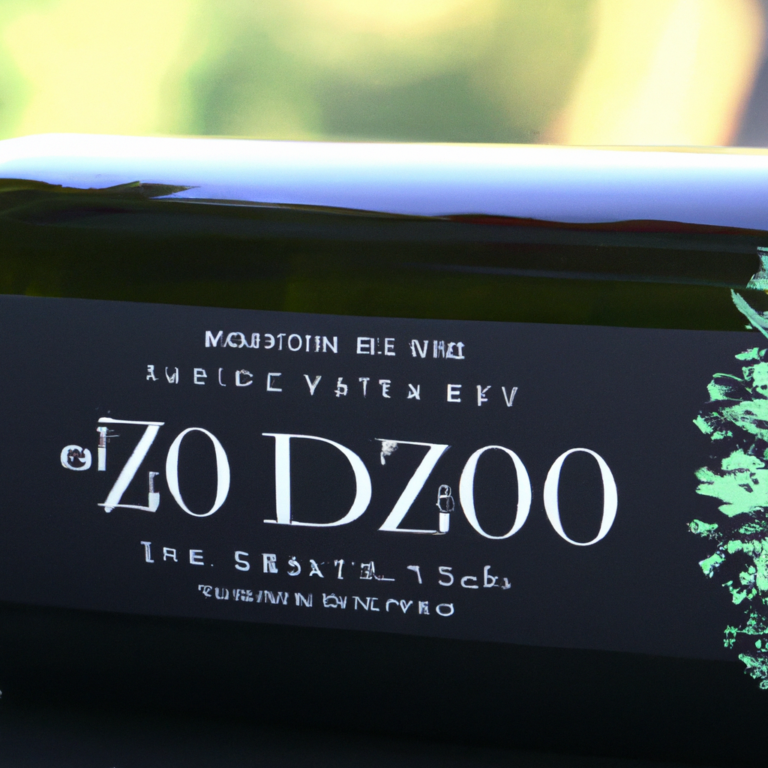Exploring Pinot Noir: A Journey through Red, White, and Rosé
-
Article Summary
- Exploring Pinot Noir: A Journey through Red, White, and Rosé
- Key Takeaways
- Introduction: The Versatility of Pinot Noir
- The Origins of Pinot Noir
- Pinot Noir Around the World
- The Many Faces of Pinot Noir
- Understanding Pinot Noir
- FAQ Section
- What is Pinot Noir?
- Where is Pinot Noir grown?
- What does Pinot Noir taste like?
- What types of wine does Pinot Noir produce?
- Why is Pinot Noir considered difficult to cultivate?
- Conclusion: The Enduring Appeal of Pinot Noir
- Revisiting the Key Takeaways
Exploring Pinot Noir: A Journey through Red, White, and Rosé

[youtubomatic_search]
Key Takeaways
- Pinot Noir is a versatile grape variety that produces red, white, and rosé wines.
- The grape’s origin can be traced back to the Burgundy region of France.
- Pinot Noir’s flavor profile varies greatly depending on the region and climate where it is grown.
- Despite its reputation for being difficult to cultivate, Pinot Noir is grown in wine regions around the world.
- Understanding the nuances of Pinot Noir can enhance the wine tasting experience.
Introduction: The Versatility of Pinot Noir
Pinot Noir, a grape variety that is as versatile as it is complex, has captivated wine enthusiasts for centuries. Originating from the Burgundy region of France, this grape has spread across the globe, adapting to various climates and soils to produce a wide range of wines. This article explores the journey of Pinot Noir, from its origins to its global spread, and the diverse range of red, white, and rosé wines it produces.
The Origins of Pinot Noir
Pinot Noir is believed to be one of the oldest grape varieties, with its origins dating back to the Roman era. The grape’s name, which translates to “black pine” in French, is a reference to the tightly clustered, pine cone-shaped bunches of fruit it produces. The Burgundy region of France is considered the grape’s ancestral home, where it has been cultivated for over a thousand years.
Pinot Noir Around the World
Despite its reputation for being difficult to cultivate, Pinot Noir has found a home in wine regions around the world. From the cool climates of New Zealand and Oregon to the warmer regions of California and Australia, the grape’s adaptability has resulted in a wide range of flavor profiles. In cooler climates, Pinot Noir tends to produce wines with higher acidity and flavors of red fruit and spices, while in warmer climates, the wines are often richer and more full-bodied, with darker fruit flavors.
The Many Faces of Pinot Noir
While Pinot Noir is best known for its red wines, it also plays a significant role in the production of white and rosé wines. In Champagne, Pinot Noir is one of the three main grape varieties used in the production of the region’s famed sparkling wines. Here, the grape contributes body and structure to the blend. Pinot Noir is also used to produce rosé wines, which range from dry to sweet and showcase the grape’s versatility.
Understanding Pinot Noir
Understanding the nuances of Pinot Noir can greatly enhance the wine tasting experience. The grape’s thin skin results in lighter-colored wines, and its low tannin levels contribute to a smooth, silky texture. The flavor profile of Pinot Noir can vary greatly depending on the region and climate where it is grown, but common flavors include cherry, raspberry, mushroom, and earth.
FAQ Section
What is Pinot Noir?
Pinot Noir is a red grape variety that originated in the Burgundy region of France. It is known for producing high-quality red, white, and rosé wines.
Where is Pinot Noir grown?
While Pinot Noir’s ancestral home is Burgundy, France, it is now grown in wine regions around the world, including New Zealand, Australia, the United States, and Germany.
What does Pinot Noir taste like?
The flavor profile of Pinot Noir can vary greatly depending on where it is grown. Common flavors include cherry, raspberry, mushroom, and earth.
What types of wine does Pinot Noir produce?
Pinot Noir is used to produce red, white, and rosé wines. It is also one of the main grape varieties used in the production of Champagne.
Why is Pinot Noir considered difficult to cultivate?
Pinot Noir is considered difficult to cultivate due to its thin skin and susceptibility to various diseases and pests. However, when grown in the right conditions, it can produce high-quality wines.
Conclusion: The Enduring Appeal of Pinot Noir
From its origins in Burgundy to its global spread, Pinot Noir has proven to be a versatile and adaptable grape variety. Despite its reputation for being difficult to cultivate, it continues to thrive in wine regions around the world, producing a diverse range of red, white, and rosé wines. Understanding the nuances of Pinot Noir can greatly enhance the wine tasting experience, offering a journey through the world of wine in a single glass.
Revisiting the Key Takeaways
- Pinot Noir is a versatile grape variety that produces red, white, and rosé wines.
- The grape’s origin can be traced back to the Burgundy region of France.
- Pinot Noir’s flavor profile varies greatly depending on the region and climate where it is grown.
- Despite its reputation for being difficult to cultivate, Pinot Noir is grown in wine regions around the world.
- Understanding the nuances of Pinot Noir can enhance the wine tasting experience.
[youtubomatic_search]






